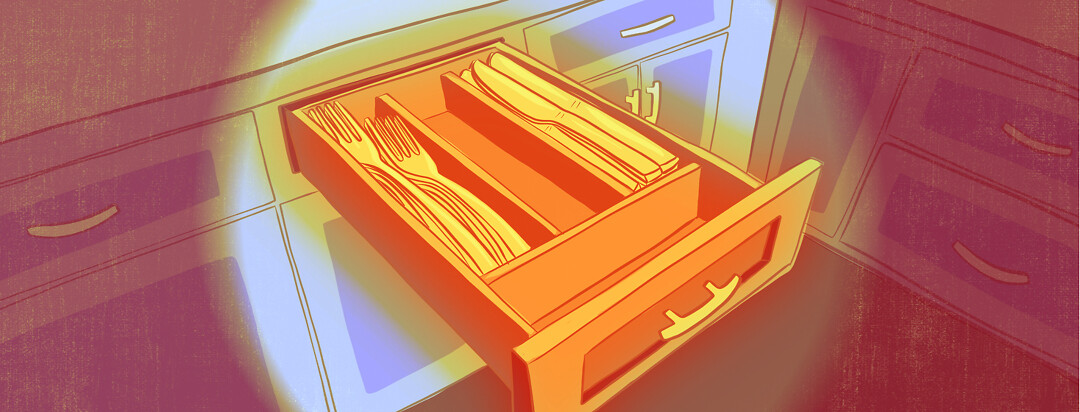I Only Have So Many Spoons
Struggling with inflammatory arthritis, I have days where I feel okay and days I don’t. It’s important to tune in to my body and its energy level daily to take care of myself in the long run. I would like to say that I have good and bad months or weeks, but every day is different in my life when it comes to pain and fatigue. Even the amount of energy I have available to accomplish the slightest of tasks in front of me changes day to day. This makes living with a chronic illness that much harder.
Restful sleep is elusive
Days I wake up after a restful night, I find my pain level slightly lower and I can accomplish small jobs around the house. I say restful because this disease is most painful when lying idle or trying to relax, especially at night. Moving and staying mobile relieves the full-body discomfort. The never-ending nagging pain and severe stiffness that is most associated with axial spondyloarthritis are excruciating at times, and in my case tend to worsen when I tuck myself in for the night. The throbbing, aching, and burning seem to dial up 2-3 notches, and I become extremely restless and irritable, tossing side to side, trying to find a comfy position to nod off. It can take up to 4 hours to finally get to sleep if I sleep at all.
My spoons vary every day
On days where I have rested somewhat peacefully the night before and wake with a little more energy than usual, I’ve learned to prioritize what I will use this energy on. Some call this energy “spoons” and measure it daily. When chronically ill, you only have a limited store of “spoons,” unlike a healthy person, who at times may have double or triple the energy throughout the day. Some days I wake with 6 spoons, some days 1 or 2 spoons. Daily I have to dutifully determine what it is this energy I do have will be used for and what can be put to the curb. Doing too much on any given day can cause a terrible flare, keep me down for days, and even cause my other chronic conditions to act up, really wreaking havoc on my body. It is then that my body takes over and says, “No more.”
“Every activity, no matter how thoughtless and automatic, depletes from the energy supply. Getting out of bed, showering, getting dressed, eating, and any number of mundane tasks threaten to deplete energy at any given time.”1 One task may use up 3 “spoons” and your energy is gone in 1-2 hours, so protecting it throughout the day and restoring it is essential for those of us suffering from chronic illness. There are days I rest 2-3 times to be able to make dinner or shower before bed. Some days I find I can’t replenish the stores and have to order out or forego the evening shower.
Low and no spoon days
On days when I have no energy supply, it’s really hard to do anything worthwhile. I wake and haven’t slept well, and I only have 1 or 2 “spoons”. I tend to spend most of the day resting. Pain and fatigue are amplified. I feel terrible, flu-ish, achy, and definitely have a grumpy attitude. I can’t be around people and justly, people don’t want to be around me. It’s these days tasks get half done. Things are put to the side for another day. I skip leaving the house. I can’t get up and dressed due to too much pain in my pelvis. I don’t brush my teeth because of the stiffness in my hand and shoulder. Some days, it’s tough to even muster the strength to find my way to the bathroom. My clothes are not put in the washer and the floor isn’t swept.
It’s these days, when I have fewer spoons than needed, that I wait … for my energy to be restored, to gather more spoons. I accept days where I have it and days where I don’t. I rest and relax, sometimes stretch, sometimes meditate. For the better, it eventually returns, and then I accomplish the little things waiting to be done. I’ve learned to be honest with myself and succumb to the fact that I will be useless at completing anything without my spoons. Checking in with myself daily, counting my spoons, tuning in to how I am really feeling, analyzing my energy, is what keeps me on track to better health and a better life while living with spondyloarthritis.

Join the conversation